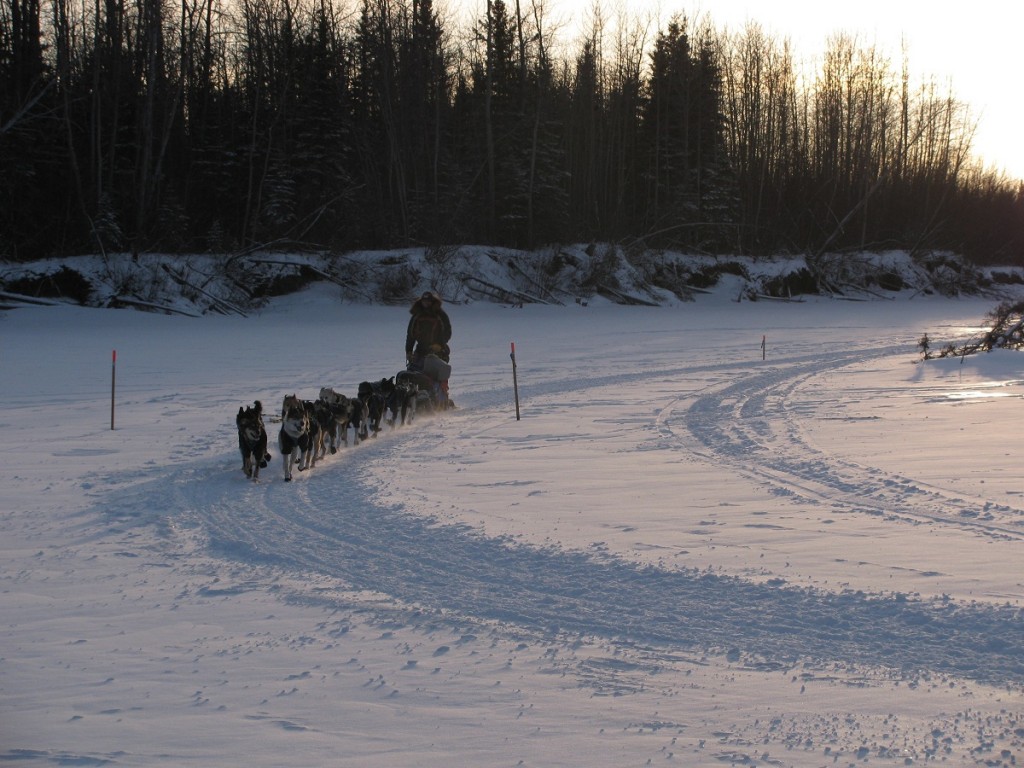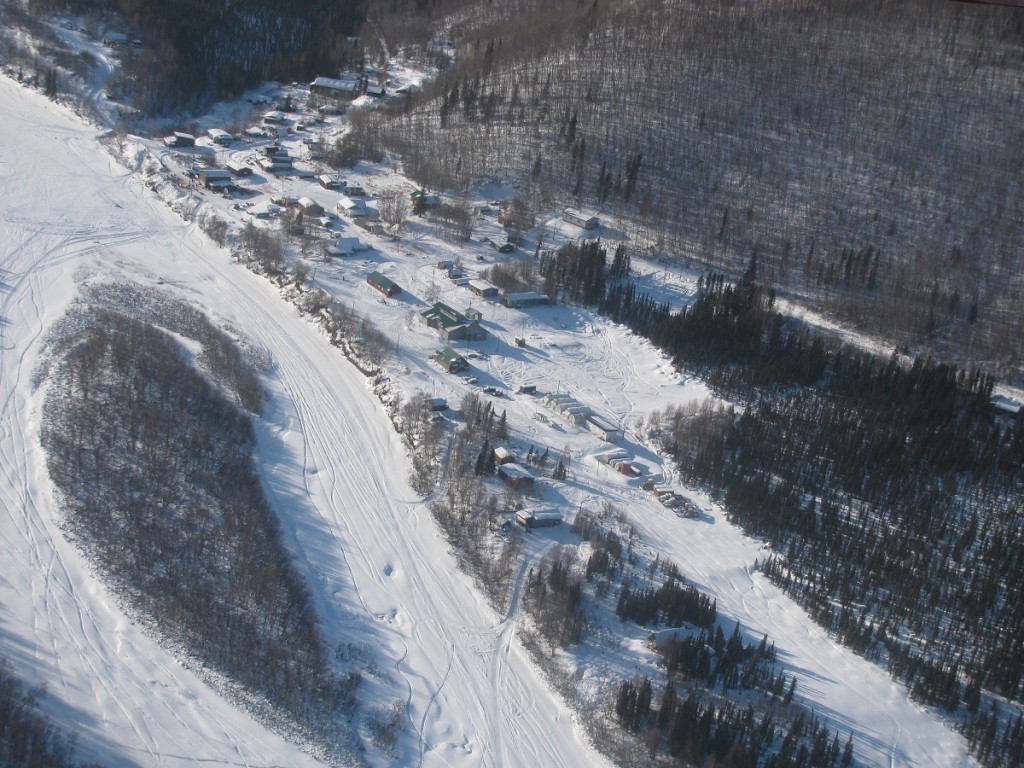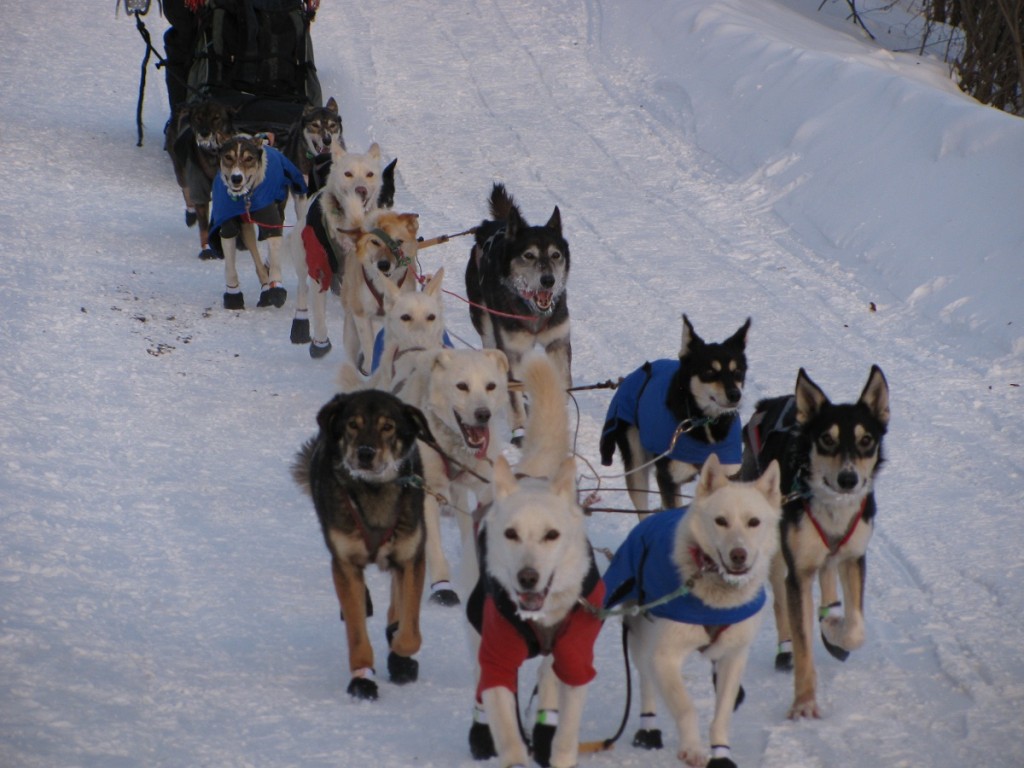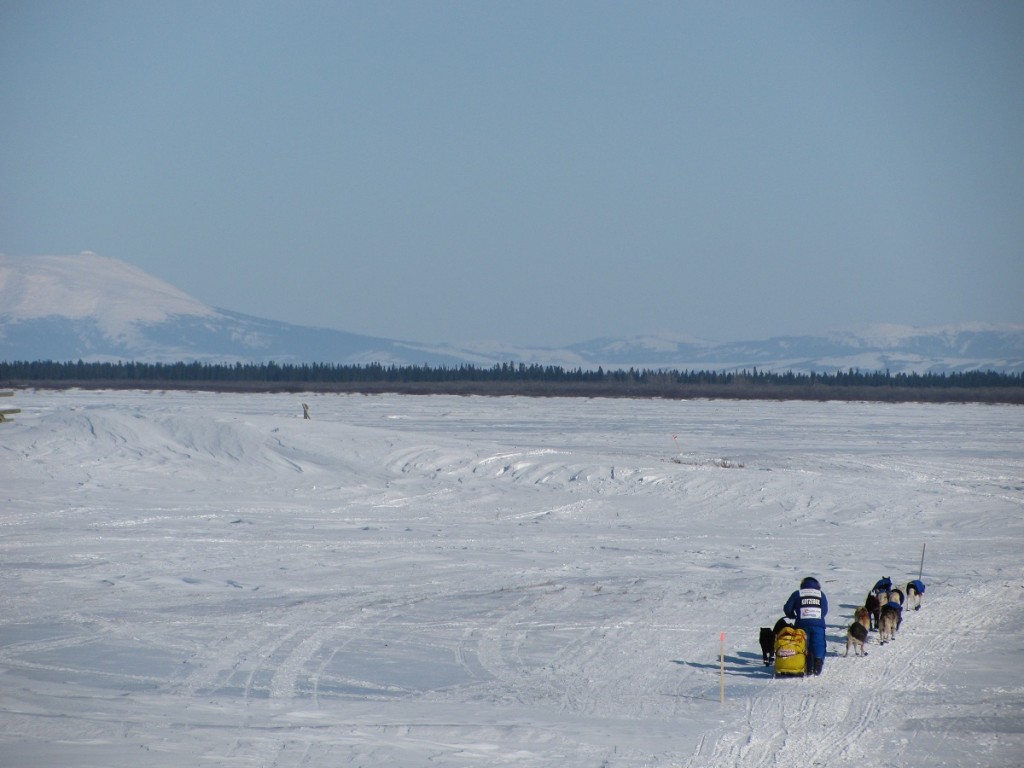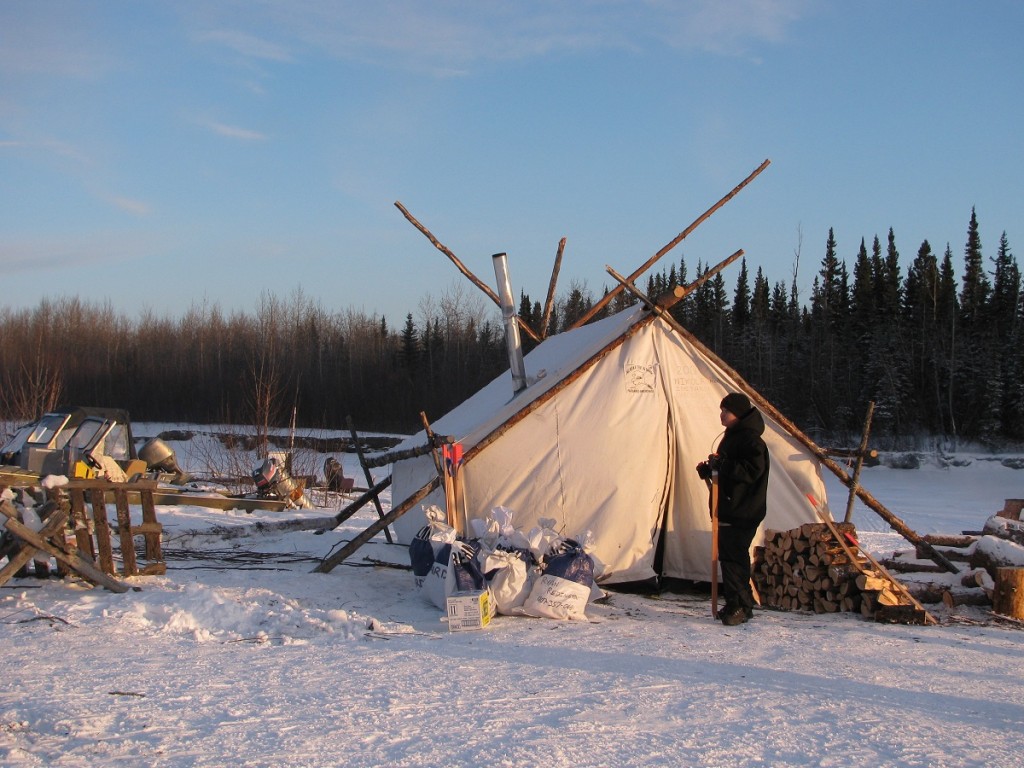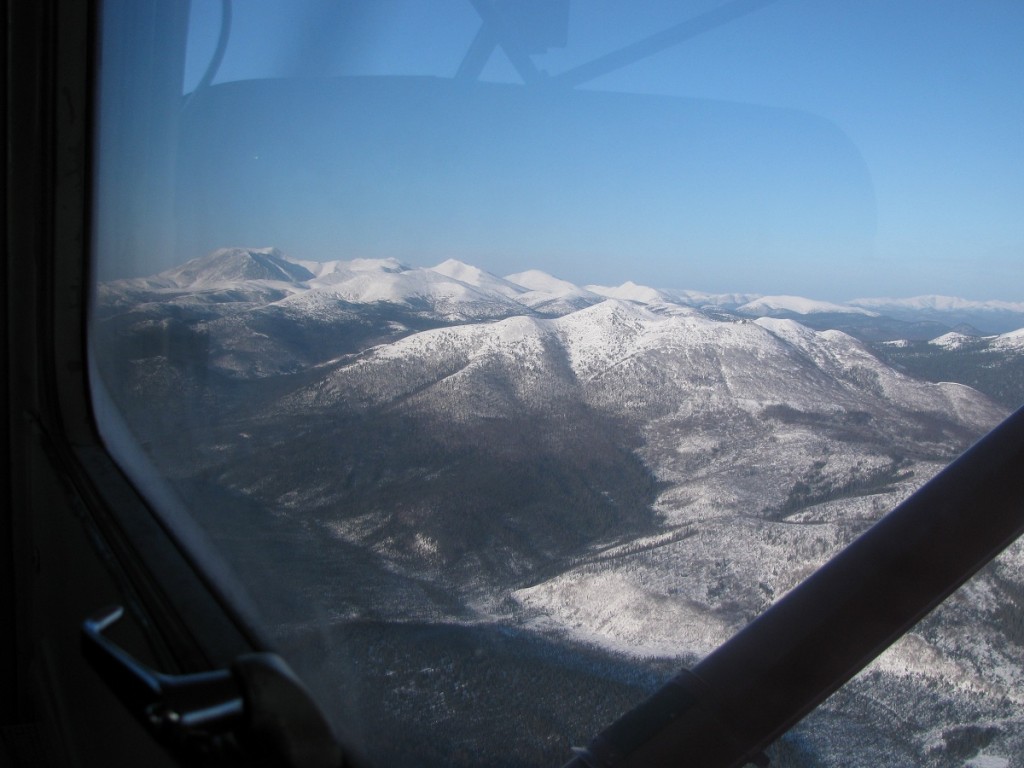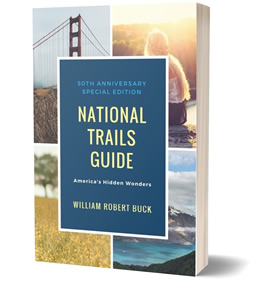We are pleased to interview the Teacher on the Trail from 2010, Herb Brambley, an educator from Pennsylvania who also happens to enjoy traveling by dog sled. This exclusive interview with Herb is published for our National Trails Guide readers in celebration of the 2014 Iditarod Race.
The National Trails System is a network of 30 Congressionally-designated trails spanning the United States. The Iditarod National Historic Trail runs more than 2,000 miles through the Alaskan wildlands. Each year, a race is held on the Iditarod Trail to commemorate the use of the route by dog sleds and the mushers who led these teams. Every year a Teacher on the Trail is selected to help other teachers bring a lively curriculum to their students, educating young people about the Iditarod’s rich history.
How did you become interested in the Iditarod?
I became interested in the Iditarod Trail when my wife, who is a librarian at the Fulton County Library in McConnellsburg, Pennsylvania, brought a book home called The Cruelest Miles. The book was about the mushers and dogs who relayed diphtheria vaccine across Alaska by dogsled in order to save the children of Nome, Alaska in 1925. I am not an avid reader, but I could not put this book down. What an amazing story about man, dog and the harsh Alaskan wilderness. After reading the book, I began poking around on the Internet and found the Iditarod.com site and began using the lessons they had posted in my second grade classroom.
Next, I saw they had a national competition called The Iditarod Teacher on the Trail, which after reading the application, I decided was right down my alley since it included dogs, remote wilderness, flying in bush planes, and sleeping in cramped, cold, uncomfortable places. So I applied and was lucky enough to be chosen. What an awesome experience, traveling from Anchorage to Nome by bush plane and snowmobile!!! I stayed at the checkpoints where the mushers stopped along the trail, talked to the students and people in remote villages in the interior of Alaska, and was a volunteer worker for the Iditarod Dog Sled Race doing everything from scooping poop to handling dogs at the start of the race to working in the computer room keeping stats.
Which parts of the Trail have you visited?
I was able to see many sections of the trail from Anchorage to Nome, which is about 1049 miles long. Many parts of the trail follow the old mail and freight routes used by mushers to haul supplies, mail, and gold into and out of the interior of Alaska during the late 1800’s and early 1900’s. The bush plane pilots working for the Iditarod are fantastic pilots and treated me well, actually following the trail whenever possible so that I could see the mushers and the trail. I loved flying in small planes. You can see so much better than in a large jet.
Which parts of the Trail in particular did you enjoy?
One of the things that impressed me about the Iditarod Trail is that it is a seasonal trail. Most of the trail you can’t hike in the summer. The Iditarod trail follows hundreds of miles of river. Of course, in the winter the ice makes a great place for dog sleds to travel. It also crosses many areas that are swampy in the summer. There are parts you can hike in the summer, especially near Seward where the National Historic Trail starts. As far as checkpoints in the villages along the trail, I loved Tokotna. They had great pie at the checkpoint during the Iditarod, and it reminded me somewhat of the hills of the Appalachian Mountains. White Mountain was beautiful also.
Congratulations on being chosen as Iditarod Teacher on the Trail for 2010. What did your responsibilities entail in that position?
There were many responsibilities that came with being chosen such as blogging and writing articles about my experiences along the trail and answering questions such as what was I doing, who was I meeting, what was the weather like, how were the mushers and dogs doing? I visited many schools in Alaska along the trail, in and around Anchorage, and in Pennsylvania where I live. I also spoke to many groups such as the community groups, church groups, and civic organizations.
Since I am a teacher, I created lessons for each discipline, science, math, technology, English, social studies that were related to the Iditarod. Using the Iditarod and the dogs as a teaching tool has a tremendous motivational impact in the classroom. During my stay in Alaska, I Skyped with several schools in the lower 48 answering questions about the Iditarod and Alaska. I also worked as a volunteer along the trail doing all kinds of tasks from public relations to moving bales of straw.
One of my favorite parts of my experience was meeting the school children in the villages. The schools were very small. Sometimes just a handful of students, but very well equipped with the latest technology. Through satellite and with the help of the village power plant, they are able to have Internet access. I had a great time playing my guitar and singing songs with the children. I also shared a PowerPoint about myself and the part of the country where I am from because it is very different from Alaska.
Another aspect of my experience I enjoyed was the dogs. What fantastic athletes. The dogs were amazing to watch. It was interesting to watch how the mushers cared for the dogs also. The movements of the mushers were almost like music as they moved about starting fires, bedding the dogs with straw, cooking the dogs’ food, and tending to their dogs physical needs. When the team pulled into a checkpoint, sometimes there would be several vets checking the dogs on one team. First the dogs ate, then the mushers. The dogs always came first.
You met many interesting people on your Trail Passages — can you share some of them?
I met a man who was walking the trail from Knik to Nome. His trail name was Tundra Tom. He was a postal worker from New Stanton, Pennsylvania. He made the walk pulling a sled with his supplies behind him. I was able to sit down to dinner with him at the Iditarod finishers’ banquet!
I also met a man and his wife from Idaho who were biking the trail from Knik to Nome. I met them in a little village called Golovin where they were allowed to use the school to warm up and relax and get some warm food in them. In remote villages where there are no roadhouses or hotels, for a very small fee, you can stay at the school. She actually broke the female record that year!
During my time in the interior of Alaska, I also met many native Alaskans. These people made me feel very welcome in their villages. I had the opportunity to visit in their homes and they were kind enough to share some of their wild smoked salmon with me.
Along with the dog mushers along the Trail, did you see other forms of transportation?
Keep in mind, many of the villages I went to did not have roads to them. Some of them are accessible by barge in the summer, which delivers supplies they may need in the winter months. They are of course also accessible by bush plane and some of the bigger villages by larger planes. Many of the village residents had four wheelers and snow machines (snow mobiles).
Do you have any recommendations on sections of the Trail that visitors could experience?
If someone is interested in visiting the Iditarod Trail, I would first like to recommend that they visit Anchorage and the start of the Iditarod Dogsled Race. This will give people a feel for the nature of the Alaskan husky and the amazing tasks they perform as sled dogs. While they are there, I recommend that they talk to mushers and visit the Iditarod Trail Headquarters in Wasilla. If they visit in the summer, they can take a ride on a dog powered cart. During the summer, I also recommend they take the train ride on the Alaska Railroad from Anchorage to Seward, which is one of the most beautiful train rides in the world. While in Seward, they can visit Mile 0 of the Iditarod Trail, which is the start of the Historic Iditarod Trail and the Seward Museum.
Have you been to any of our other National Trails?
I have hiked several portions of the Appalachian Trail. Most recently, I hiked a portion of the AT in New Hampshire as part of the National Park Service’s Trail to Every Classroom program, which is a place-based, service learning teacher development program promoting student involvement, volunteerism and stewardship of their communities and of public lands. This is a great program because it gets kids out of the classroom and into nature and it allows them to apply what they learn in the classroom to real life situations. The multi-disciplinary aspect of the program allows students to make connections between disciplines that they would not otherwise make in the classroom because of the isolated nature of classroom learning.
Do you recommend reading material to prepare someone for visiting Alaska and the Iditarod Trail?
The first book I would recommend is The Cruelest Miles by Gay and Laney Salisbury, which is about the serum run in the 1920’s.
Two more books that I would highly recommend are Trail Breakers I and II by Rod Perry. Rod is a true Iditarod Trail dog musher and competed in the first Iditarod Dog Sled Race back in 1973. His books are a comprehensive history of the Iditarod Trail covering how the Iditarod Trail was born to how the Iditarod Race came into being. From these books you will learn of the folklore of Alaska, the pioneering spirit of the early settlers of the interior, to the beginnings of the town of Iditarod, which went from being the largest city in Alaska to the ghost town that it is today.
The Iditarod site has very accurate information about the Iditarod trail and the history of the Iditarod dog sled race. You can also see some great video clips of the trail. If you join as an Iditarod Insider, you can see all the videos and follow the mushers on the GPS map as they move down the trail during the race. Even better yet, go to Alaska and become a volunteer for the Iditarod Dog Sled Race. There’s nothing like some hands-on interactive learning!
For more of Herb’s photos, videos and stories see itcteacheronthetrail.com. There is a wealth of information at Iditarod.com — there you can also follow the 2014 Iditarod Race.
